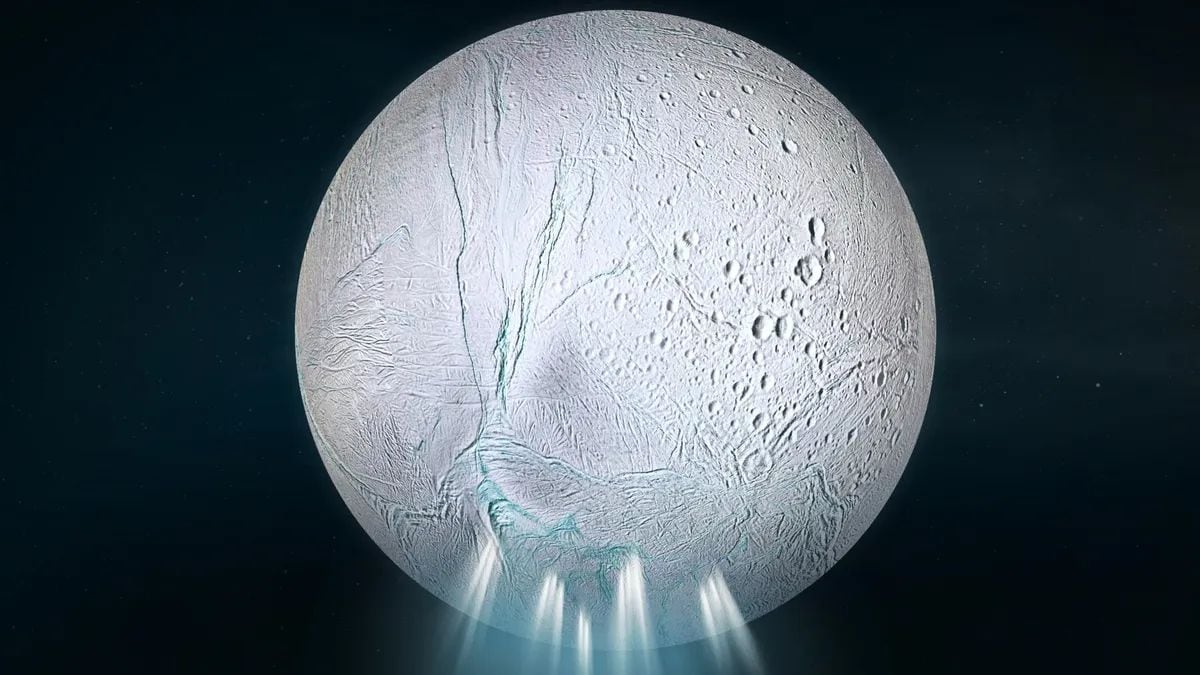Saturn's icy moon Enceladus has been found to eject organic molecules from its geysers. Around twenty years after NASA's Cassini spacecraft first sampled the plumes. These molecules contain carbon, are part of chemical reactions that can form life's building blocks. The plumes, fed by a subsurface ocean beneath Enceladus' fractured surface. This expels water vapour into space, forming part of Saturn's E-ring. New analysis of archived Cassini data brings to light a few information that pristine ice grains in the plumes carry these organics directly from the ocean, untouched by radiation.
Cassini Data Confirms Enceladus' Ocean Shoots Organic Molecules That Could Support Life
According to a report in Nature Astronomy, a group of experts led by Nozair Khawaja at Freie Universität Berlin and the University of Stuttgart re-evaluated Cassini's Cosmic Dust Analyser data from 2008. Their study brings out that organic molecules in the ice grains match those found in the E-ring. It proves that they originate from Enceladus' ocean. In addition, the team also finds aliphatic and cyclic compounds, ethers, and potential nitrogen- and oxygen-bearing molecules.
Scientists' trust in the search for life beyond Earth – these findings seal the deal on Enceladus' status as a prime target. Nevertheless, radiation on the moon's surface can also create organics. Also, the direct plume measurements indicate that a subsurface ocean is chemically active.
Experts note that these molecules represent pieces of the puzzle along pathways that, on Earth. This drives to amino acids and other life-related compounds. Moreover, this discovery facilitates a remarkable insight into how icy moons may host prebiotic chemistry.
The proposed European Space Agency orbiter can leave no stone unturned by sampling Enceladus' ice directly to conclude whether its ocean supports the complex chemistry related to essential life.

Comments
Post a Comment